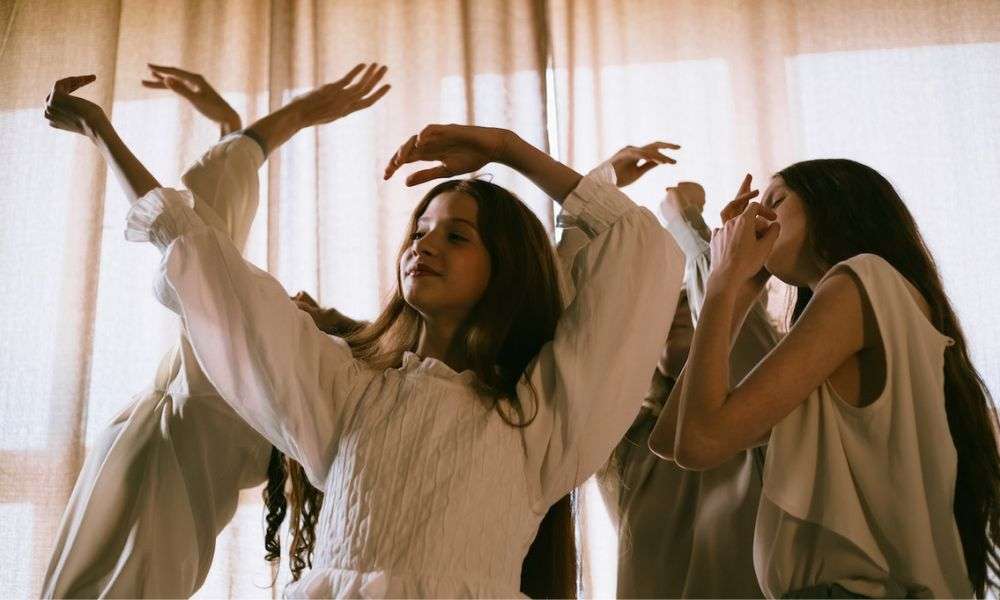What is Dance Movement Therapy?

Dance movement therapy (DMT) is a unique and transformative approach to healing that has been making waves since its emergence in the 1940s.
The American Dance Therapy Association (ADTA) defines it as the psychotherapeutic use of movement to promote emotional, social, cognitive, and physical integration of the individual, with the ultimate goal of improving health and well-being.
The Essence of Dance Movement Therapy
DMT is built upon a foundation of core principles that guide its practice:
Movement as Language
Dance movement therapists believe that movement is a language in itself, one that begins even before we’re born and continues throughout our entire lives.
This nonverbal form of communication is considered just as important as verbal language in the therapeutic process.
Holistic Connection of Mind, Body, and Spirit
One of the fundamental beliefs in DMT is that the mind, body, and spirit are intrinsically interconnected.
Changes in one aspect of a person are reflected in the others, making it essential to address them as a whole.
Functional and Expressive Movement
Movement is a versatile tool in DMT, serving various functions such as communication, development, and self-expression.
Dance movement therapists keenly observe, assess, and intervene using movement as a primary mode of expression.
Dance Movement Therapy in Action
In the practice of DMT, body movement is at the forefront, serving as the primary medium for therapy. Whether in individual, couple, family, or group sessions, dance movement therapists utilize their expertise to assess and address their clients’ needs.
Observing and Assessing
During DMT sessions, therapists carefully observe and assess both their clients and their own movements. This observation enables them to tailor their interventions to address emotional, social, physical, and cognitive integration effectively.
Discovering DMT’s Impact
Dance/movement therapy has proven effective in various settings. To learn more about where DMT is practiced and the diverse groups that benefit from it, check out informative videos on the ADTA’s official YouTube channel under playlists like “Moments in Dance Movement Therapy” and “ADTA Talks.”
In conclusion, dance movement therapy is a holistic approach to well-being that leverages the power of movement to foster emotional, social, cognitive, and physical integration. It’s a unique and profound way to promote healing, recognizing that our minds, bodies, and spirits are deeply interconnected. By using movement as a language, DMT empowers individuals to express, connect, and heal, ultimately improving their overall health and well-being.
